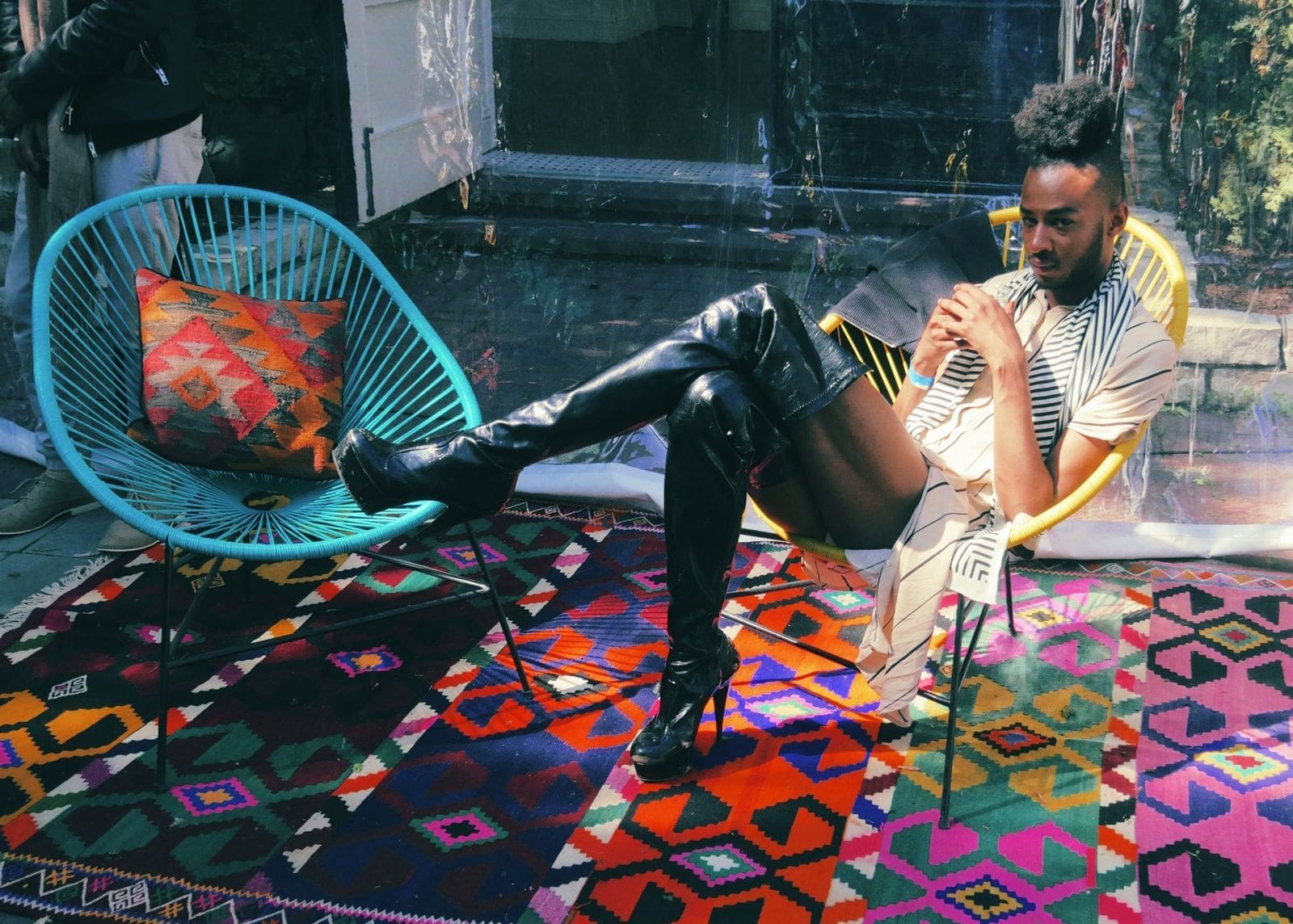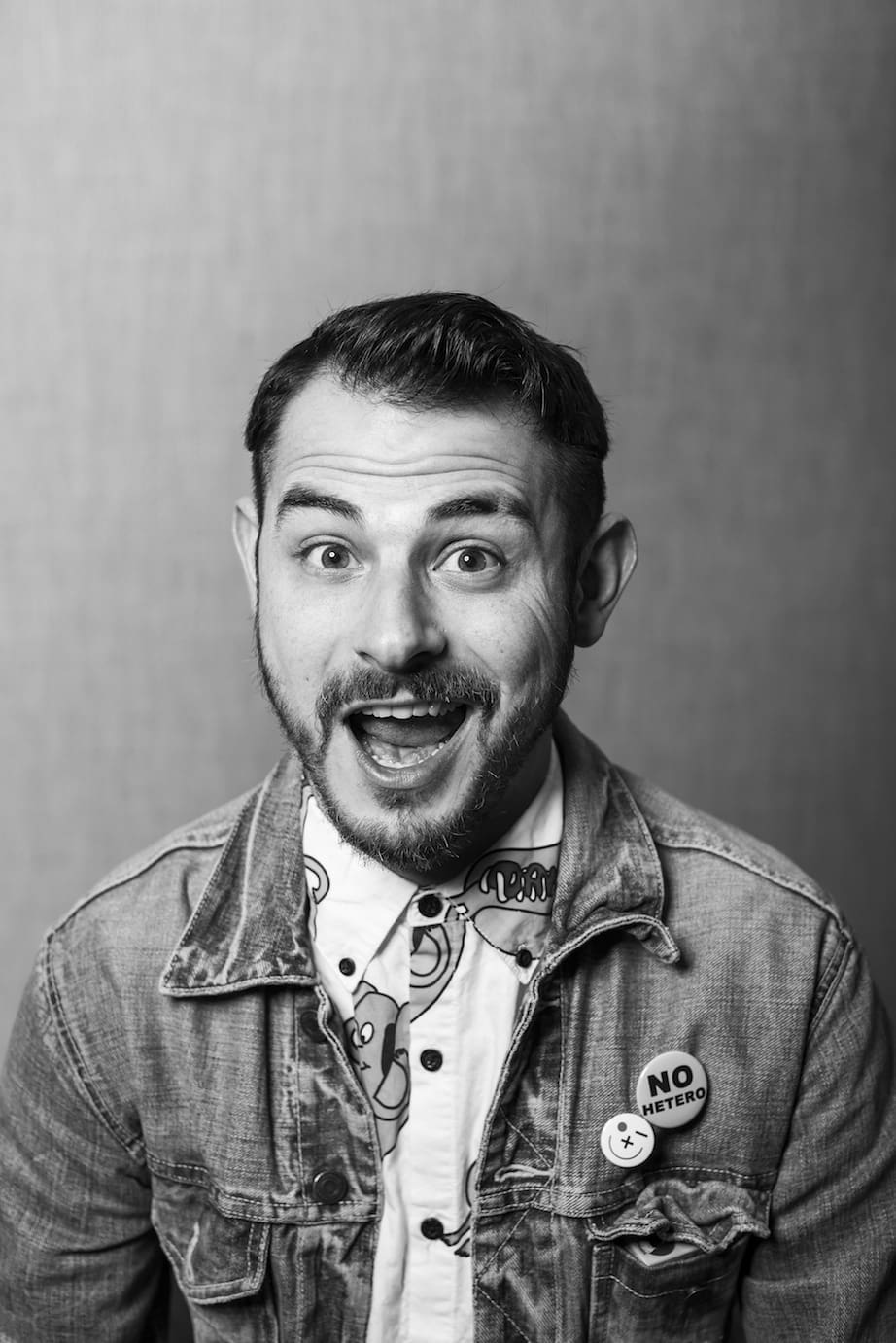By Bailey Williams
When racist ideas resound, denials that those ideas are racist typically follow…Denial is the heartbeat of racism, beating across ideologies, races and nations. -Ibram X. Kendi in How to Be An Antiracist
On Feb. 14, 2020, the New York Times profiled Black painter Jordan Casteel in recognition of her first solo museum show. When the article was completed, the Times included it in its morning email news briefing, which has an estimated audience of 1.7 million people. In that email, The Times published an inaccurate blurb that said Jordan painted this portrait of Michelle Obama, which was created by another Black female artist, Amy Sherald.
Jordan found out about this error after her mother called and informed her that people were phoning, texting and emailing to ask if her daughter’s artwork featured the former First Lady. Quickly, Jordan let both her gallery and Amy know what had happened. The gallery got in touch with The Times, prompting the outlet to issue a correction. Even though it was fixed, the event still caused harm.
“It was painful,” Jordan recalled in the podcast Hear to Slay. “It was a crowning moment—this thing that I was really anxious and excited about. I was going to have a full profile in the New York Times, and I had my first solo museum show in New York, and it said ‘Jordan Casteel, who painted the portrait of Michelle Obama.’”
Jordan’s story is an example of what some call subtle racism, rather than the in-your-face racism that includes slurs and physical violence like lynching and police brutality. In predominantly white spaces, Black, Indigenous and other people of color (BIPOC) are often treated as monoliths who are indistinguishable from one another against the larger white, normative space.
In Jordan’s case, she was a Black artist working in a landscape in which about 85% of artists included in our nation’s museum collections are white. The Times’ error erased her individual, unique accomplishments and rendered her interchangeable by combining her identity with another Black artist’s work.
As a Black female writer and artist myself, there are many things this story called to mind, but the thing I’d like to discuss is one solution that could have prevented this incident, and that’s including BIPOC like Jordan in the editing and review process of articles about their lives and work.
When tradition fosters harm, it’s time for new solutions
I graduated from journalism school, and have written for local, national and international publications. We’re trained to not show our articles to the sources we interview prior to publication in order to remain “objective.” The thinking is that if we shared our unpublished articles with sources, they would want to change elements in our writing, thereby preventing our ability to maintain some kind of third-party truth.
The traditional assumption is that journalists can ascertain the truth better than the people they interview. When it comes to BIPOC communities specifically though, we know that’s not true. Often, those who cover BIPOC are white. In 2018, Pew Research reported that BIPOC tend to be underrepresented in newsrooms, representing only 23% of newspaper and television reporters and editors nationwide.
In these predominantly white newsrooms, the exclusion of those with lived experiences from serving as reporters and fact-checkers has frequently resulted in the publishing of racist, stereotypical and inaccurate headlines, stories and recaps. Historically, this had led to mistrust between BIPOC communities and certain publications. It’s also led to the creation of outlets led by and dedicated to serving BIPOC.
To prevent future racist incidents and to tell more truthful and better stories, white-majority outlets should hire more BIPOC, especially those who live and are from the neighborhoods they cover. Further, all reporters should also undergo cultural competency training, especially as it pertains to the communities and neighborhoods they cover. And although this should go without saying, white-majority newsrooms ought to start explicitly naming racism in published stories when racist events occur and when racism serves as vital context to a story.
Outlets should also seriously consider bringing BIPOC sources into the review process where they can easily spot factual inaccuracies and contribute to the storytelling of their lives. Those who lived the experiences being reported on are ultimately some of the best fact-checkers you have.
A nonprofit case study for repairing and preventing harm
At AIDS Foundation Chicago (AFC), if we publish an article featuring an individual, we include them in our editing process, allowing them to review, make changes and halt the publication of a piece at any point. Because we are a nonprofit committed to serving our community over publishing articles, we’re able to do that in all instances. During my time at AFC, featured community members have rarely opted to change anything. If a change is recommended, it is usually because something was factually inaccurate.
Our practice has built trust with our community members and given them control over their own narratives. It’s been especially important because the community we serve—BIPOC, people living with HIV, LGBTQ+ people, people who use drugs and more— often face stigma and violence in part due to harmful reporting and media portrayals of these communities.
Because of this history, community members have told me outright that they would not have shared their story if they weren’t allowed to review what was written before publication. Those stories have direct, visceral consequences on their lives and others who look like them.
For instance, one community member told me it was important to review the post because they were attempting to find employment. A blog post that pathologized their humanity could add to existing barriers in finding a job, which would produce the necessary income to support their life. Including this individual in the review and editing process ensured that sharing their story did not also create harmful consequences in their life.
By including featured community members in our review process, we’ve lessened the chances of harm enacted during publication and distribution of blog posts and articles. For other nonprofits who serve historically marginalized communities, this practice could help your organization too.
When it comes to the larger media, I understand there are some situations, such as holding political figures accountable, where showing an article to a source in advance could complicate the truth from getting out. That’s not what I’m talking about here. Instead, I’m speaking specifically to coverage on BIPOC done largely by white reporters outside of BIPOC communities. As you work to build better newsrooms reflective of and equipped to report on the neighborhoods you serve, including interviewees in the editing process can be an essential tool you can implement immediately to begin the work of repairing harm, reporting accurately and ultimately stopping the publication of racist materials.
The Editor’s Desk is a new series, written by Bailey Williams (she/her/hers), AFC’s Communications Specialist, who manages and writes original content for AFC’s blog Inside Story. The series aims to share knowledge and reflections that come up while managing the blog with the hopes of creating a new dialogue, resource-sharing and added transparency behind our editorial decisions.
To listen to one of Bailey’s favorite podcasts Hear to Slay, a Black feminist podcast produced by Roxane Gay and Dr. Tressie McMillan Cottom, click here. To check out and support Jordan Casteel’s work, click here.


